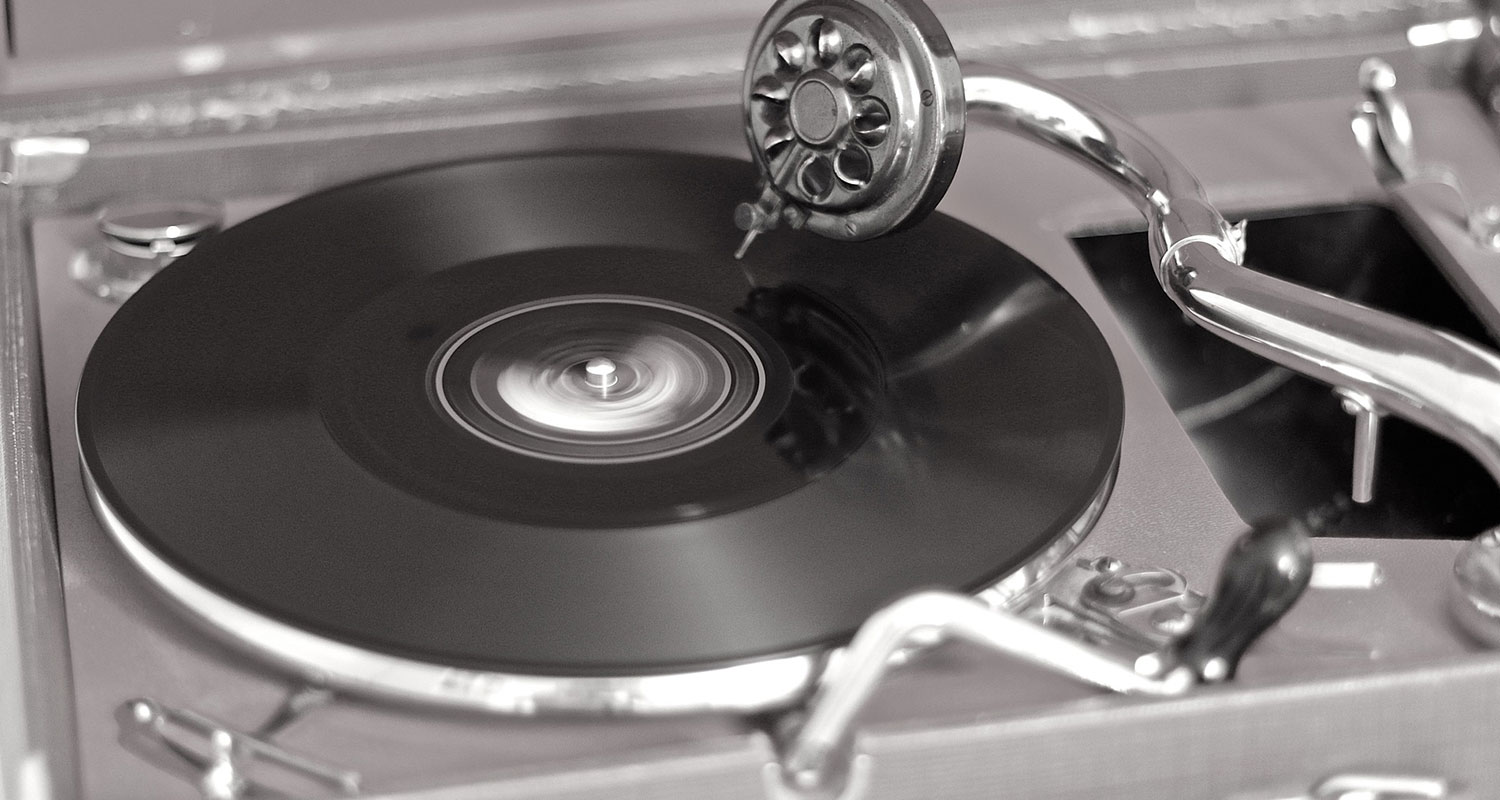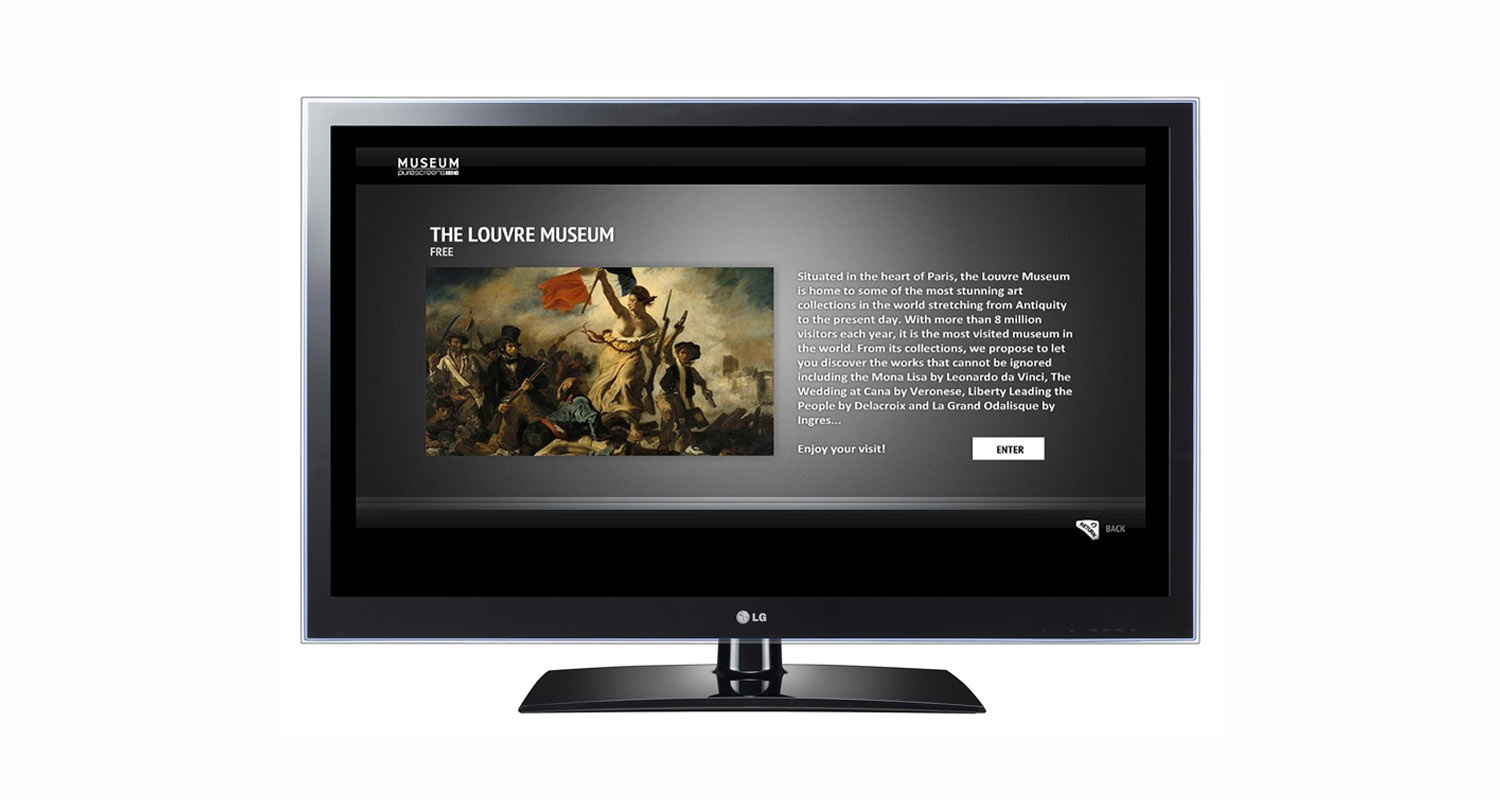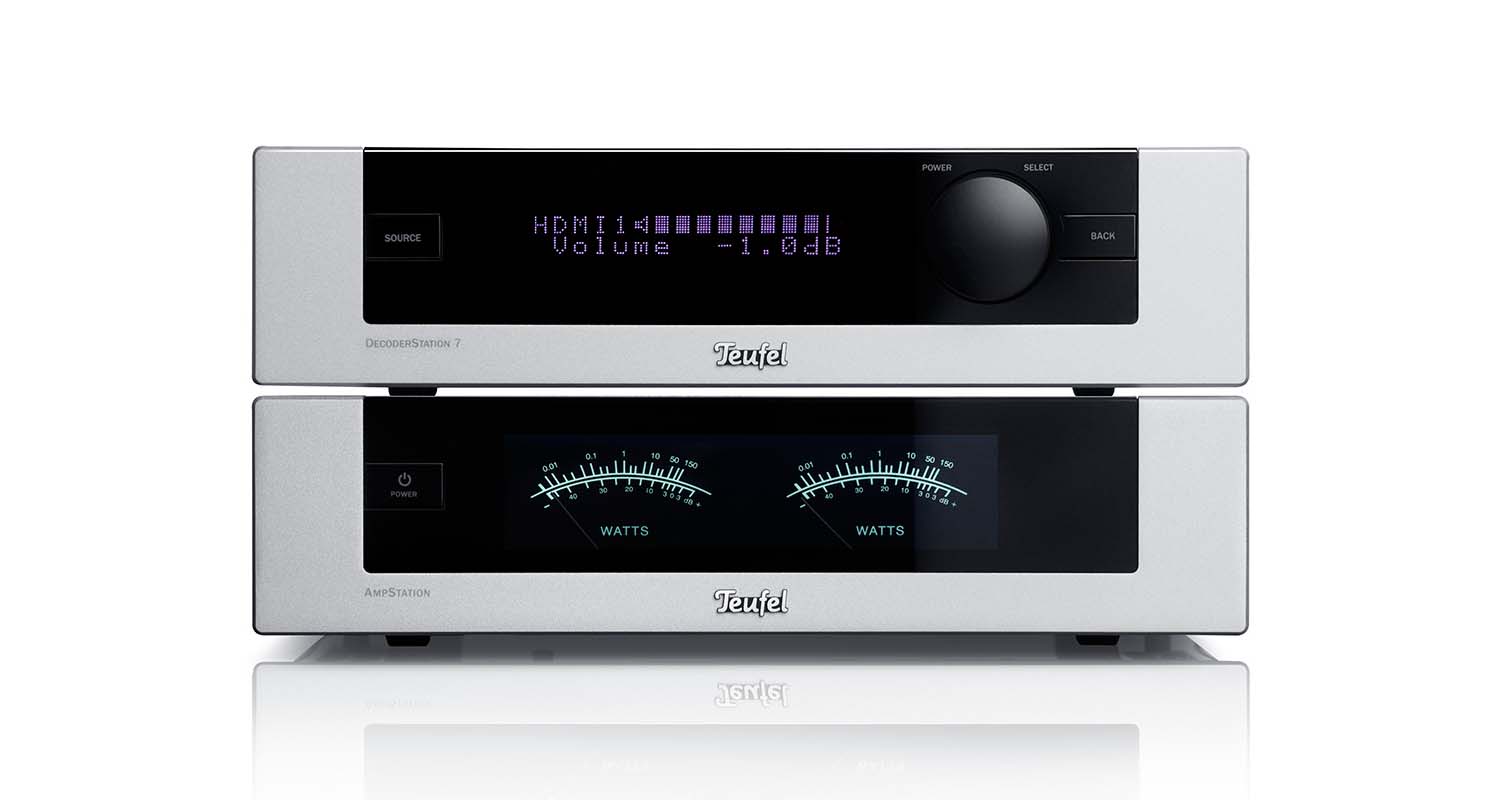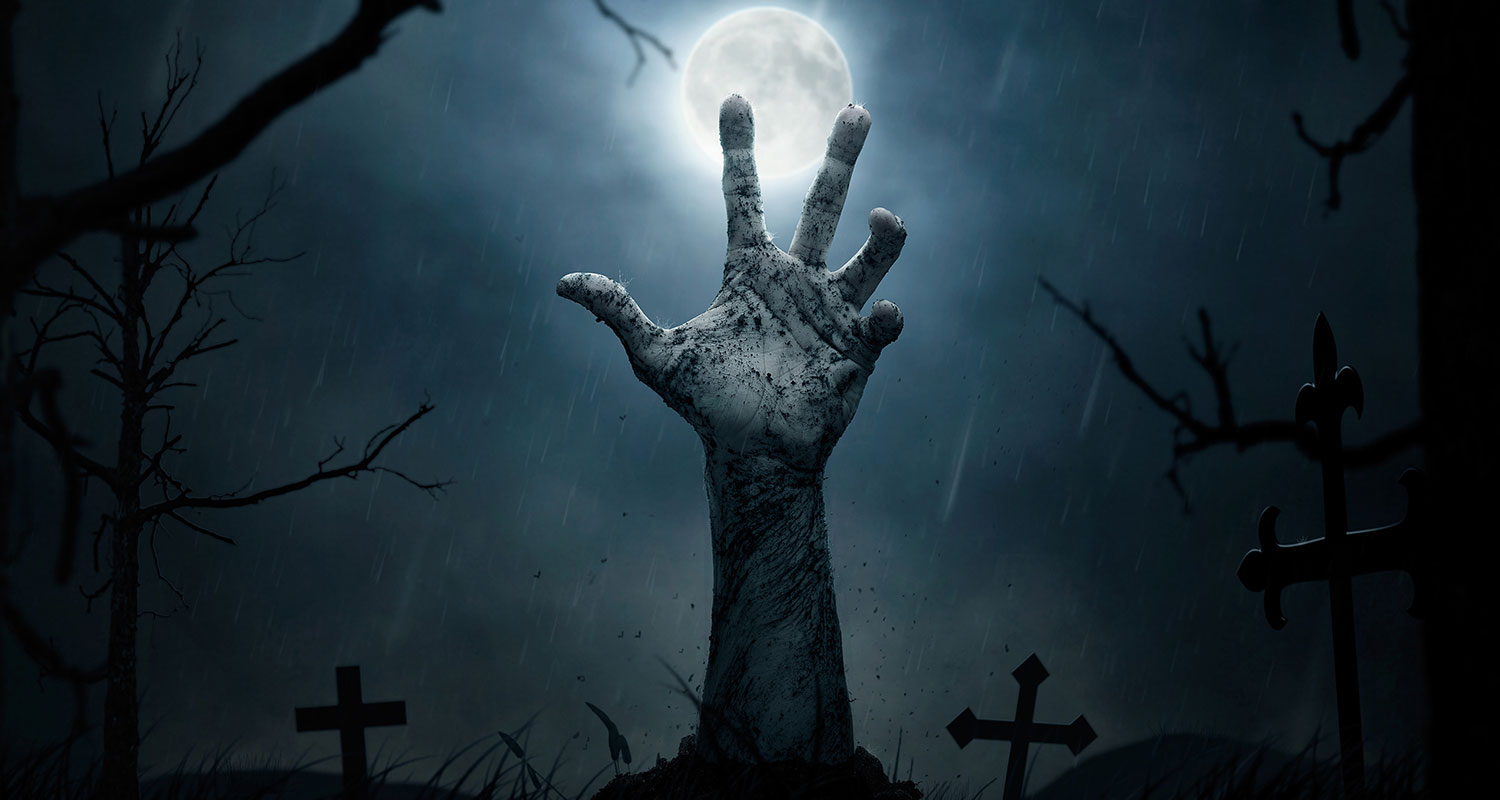A strange but unmistakable trend has swept the music industry over the past decade – the revival of vinyl records. In an age in which we have the ability to stream any music at anytime, the simple pleasure of listening to music is becoming ever more digitalised and intangible. Even sales of the humble CD continue to fall as streaming services such as Spotify and Soundcloud offer users instant access to limitless libraries of new music.
But against all odds in this digital age, the vinyl LP has come back from the dead at a remarkable pace. The music format already appeared to have seen its last days in the late 1980s, but sales continue to increase rapidly. Vinyl has experienced double-digit growth in 2017 for the seventh year in a row. And in June, music industry behemoth Sony announced that they would begin pressing vinyl discs again in March 2018 for the first time in almost 3 decades.

What can explain this vinyl revival and why are we not ready to part with analogue?
What is the difference between vinyl and digital?
It is clear to the naked ear that there is a difference in sound between a vinyl LP and a digital CD – but why exactly is this the case?
An analogue recording is a physical recording medium that converts variations in air pressure into an electrical signal. A digital recording is produced by converting the physical properties of the original sound into a sequence of numbers. These can then be stored and read back for reproduction, shifting between a binary state of 1 or 0, or “on” and “off”. In short, analogue can therefore have a larger range of variation than digital. But digital recordings can also be modified and compressed far more easily, and can have a higher, if narrower, dynamic range.
Nowadays, most CDs and digital tracks are remastered and compressed in order to be played at higher volumes. The so-called loudness wars describe how the phenomenon of persistent digital remastering has affected the sound quality of digital. Find out more: Dynamic Range Day and the Loudness Wars.
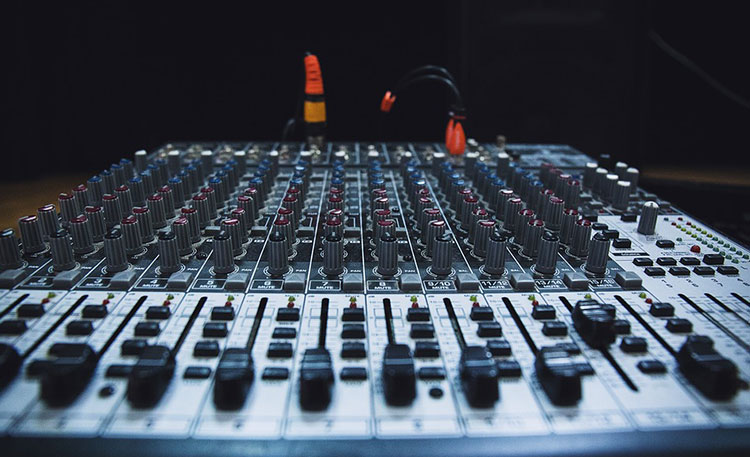
Is it all about nostalgia?
Whilst people may imagine that the majority of vinyl purchasers are of an older generation, half of vinyl buyers are in fact under 25 – meaning that they weren’t even alive in the heyday of vinyl records. It is clear that vinyl holds a special kind of allure that has also found resonance with a new generation.
Also of note is the type of music that is selling on vinyl. Rather than being just reruns of old music, many contemporary artists release music on vinyl. Moreover, vinyl sales actually generate greater revenue for British artists than YouTube. We therefore can’t attribute the resurgence of vinyl simply due to nostalgia.
The rise of record stores, and the creation of World Record Store Day, is testament to how the popularity of vinyl is only continuing to rise. Funnily enough, the main obstacle for Sony in their decision to start producing vinyl again was not a lack of certainty concerning demand – they rather struggle to find engineers who could understand the technology and knew how to make records!
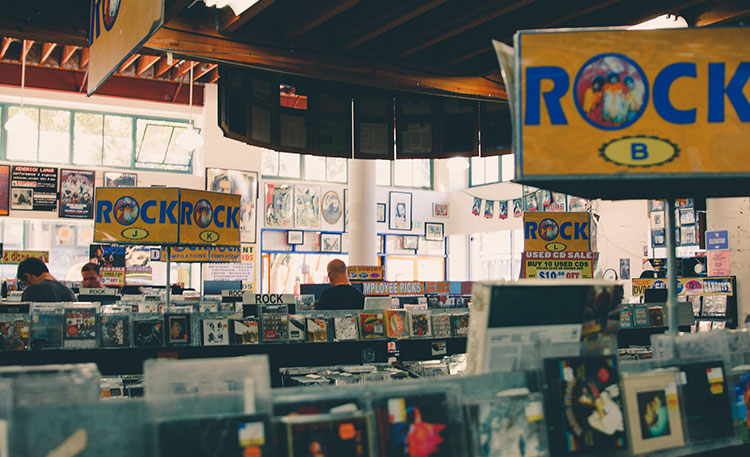
The immersive listening experience
We may have endless options of digital streaming at our fingertips, but many people choose to listen to vinyl in order to create a more personal connection. Vinyl is not just about the sound quality, it is about the whole music experience. From choosing a record to carefully adjusting the disc on your record player to provide a room-filling and spatial sound, the entire act of listening to a record is not merely a click-and-go scenario. This has appeal in itself.
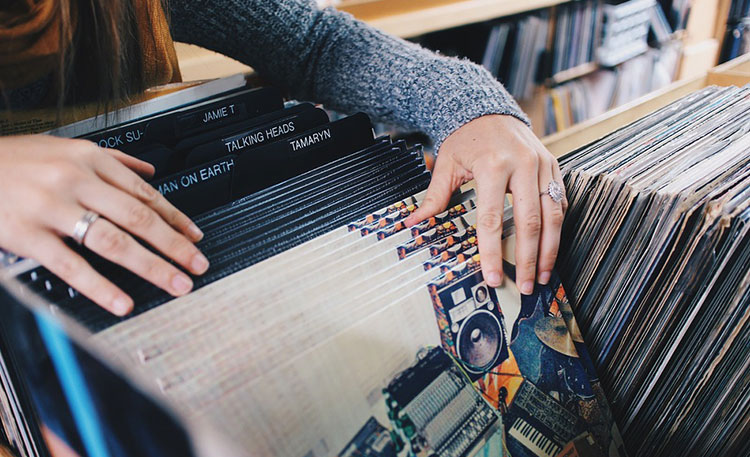
So which sound is better?!
The question of comparative sound quality between vinyl and digital records is a debate that continues to agitate music lovers. Whilst some people feel that digital records are a sacrifice of audio quality for convenience, others would reply that vinyl simply doesn’t have the same dynamic range as digital and is therefore less detailed and precise.
In theory, the sound quality produced by vinyl records is of a “poorer” quality – the signal-to-noise ratio can be poor and there is less definition between frequency ranges. Many people, however, feel that, conversely, the remastering process for modern tracks results in a loss of the pure, original sound.
As it goes, the question itself is fairly invalid. When it comes to sound reproduction, there is no real “good” and “bad”, just different. Whether you prefer the clean, bass-heavy offer of the digital format, or the warmth and spatiality of a vinyl record, each format offers an entirely different quality of audio.
Does the revival of vinyl spell the end of digital CDs?
Not exactly – if anything, streaming will more likely take the blame for that if CDs do disappear. The relationship between digital streaming and vinyl is also interesting – streaming has allowed people to discover new music far more easily, new music that they will perhaps invest in in a physical format. Records are physical mementos, and offer a more tangible connection to your favourite music.
And who says that you need to choose one or the other! Our Teufel Raumfeld speaker sets offer Bluetooth and Wi-Fi connectivity for streaming from hundreds of audio services, as well as connections for your CD and even record player. We offer several individual speaker sets as well as multi-room solutions to suit all your audio playback needs. Find out more.
[product id=”27522,27032,27507″]
Conclusion – can music still be “tangible”?
The experience of listening to music is not about metrics and tabulated results – it is about a personal connection to sound that provokes emotion and stirs memories. Whilst facts and figures may suggest that binary coding offers a higher dynamic range, this is entirely open to interpretation and nothing can be a greater indicator than the sound that we actually hear.
Those who argue that vinyl is a hipster fad and used purely for aesthetic value are surely mistaken. The rising popularity of vinyl records in recent years speak of a culture of not only nostalgia, but a rebellion against the over-perfection of digital sound. Long live vinyl!
